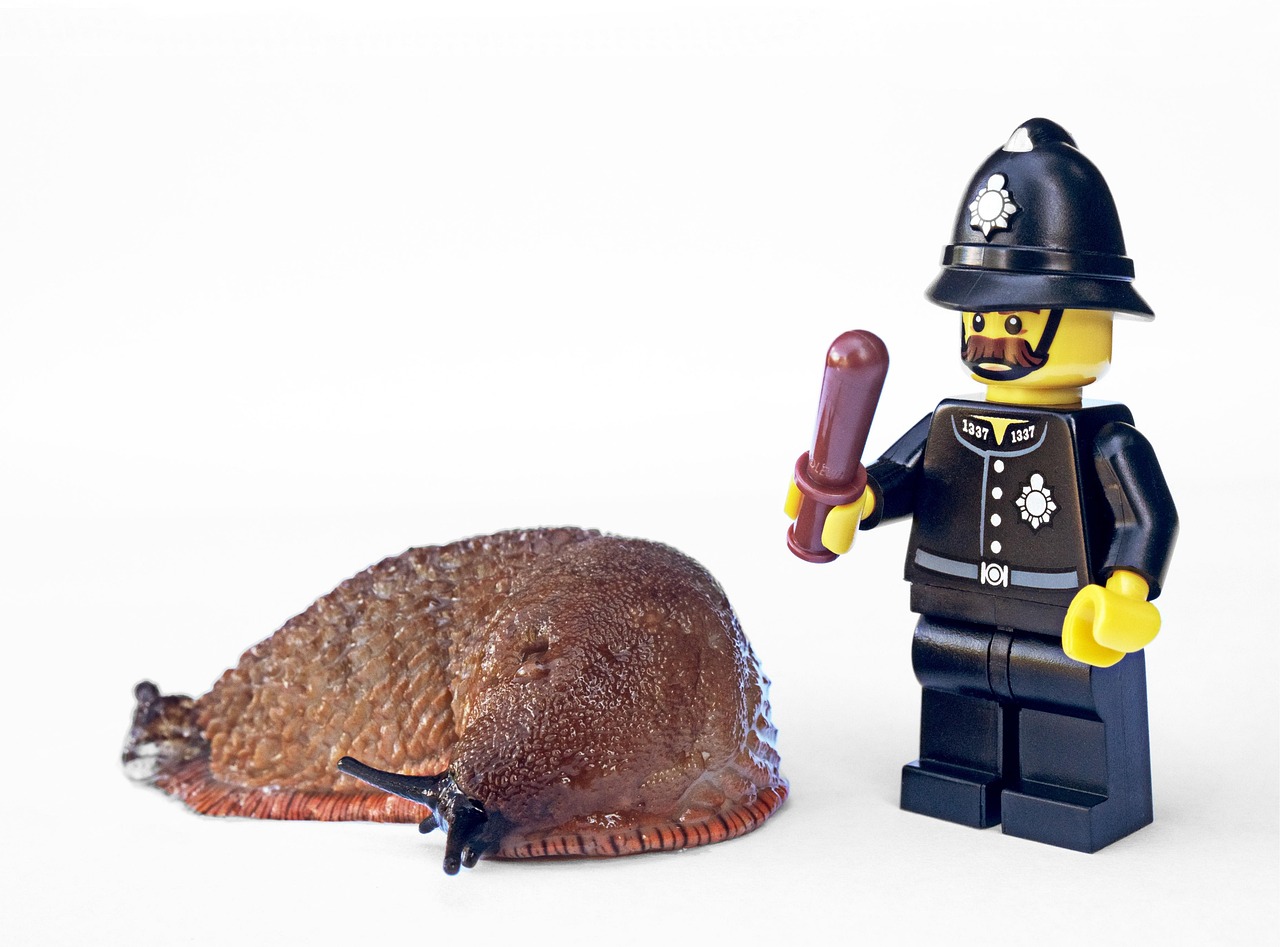Rats pose serious risks to homes and businesses in Delta by spreading disease, damaging property, and contaminating food sources. Effective rat extermination requires targeted methods that locate and eliminate all hiding spots, including nests in walls, attics, and drainage systems. Professional services in Delta use environmentally friendly and reliable techniques such as smoke testing combined with interior and exterior baiting to ensure thorough removal and ongoing prevention.
Many pest control companies in Delta offer customized rat control solutions that are tailored to the specific needs of residential, commercial, and industrial properties. These services often include safe, eco-conscious treatments designed to minimize health risks and environmental impact while providing long-term results. Choosing experienced exterminators with local expertise is essential to addressing the unique challenges of Delta’s environment.
Rat control is not just about extermination but also includes monitoring and maintenance to prevent reinfestation. Businesses and homeowners benefit from ongoing support that ensures a rat-free environment, protecting both property and health. The right exterminator combines modern techniques with proven strategies to keep Delta properties secure from these pests.
Professional Rat Exterminator Services in Delta
Rat Exterminator Delta requires a detailed understanding of the infestation, tailored treatment plans, and the use of advanced control methods. Professionals focus on thorough site evaluations, specific removal techniques, and safe technology to ensure lasting results.
Inspection and Assessment
The initial step involves a detailed inspection to identify active rat infestations and entry points. Professionals examine the entire property, including basements, attics, and exterior perimeters.
They assess signs such as droppings, gnaw marks, and nesting sites to determine the rat population size and species. This careful evaluation helps target treatments precisely, minimizing unnecessary disruption.
Documentation of vulnerabilities allows experts to advise on structural repairs or sanitation improvements to prevent reinfestation. The process is essential for creating an effective, customized plan.
Customized Rat Removal Solutions
Solutions are designed based on the property’s unique layout and infestation severity. Exterminators employ strategies that combine physical barriers, traps, and baiting systems tailored to the specific rat behavior.
They prioritize methods that reduce risks to pets and children, using family-safe products whenever possible. Follow-up visits monitor progress, ensuring adjustments are made if needed.
Preventive measures such as sealing entry points and recommending sanitation changes are integral. This approach ensures the problem is not just managed but controlled in the long term.
Extermination Methods and Technologies
Exterminators use a variety of tools including snap traps, electronic traps, and rodenticides approved for residential use. They select methods based on infestation scale and client preferences.
Advanced techniques such as remote monitoring may be employed to track rat activity without constant disturbance. Humane removal options are also prioritized where feasible.
The professionals stay updated on pest control regulations and innovations to provide compliant, effective services that protect property and health. This ensures interventions are both current and efficient.
Preventing Future Rat Infestations
Effective prevention focuses on eliminating access points, maintaining regular inspections, and practicing strict sanitation. These steps work together to keep rat populations from establishing inside a property after an initial extermination.
Property Sealing and Proofing
Sealing entry points is critical for long-term rat control. This involves inspecting the building’s exterior and interior for gaps, holes, and cracks larger than a quarter inch.
Common entry points include vents, utility line openings, roof edges, and damaged doors or windows. Using materials like steel wool, metal flashing, or concrete to fill these openings is recommended because rats can chew through softer substances.
Proper door sweeps and weather stripping also reduce entry opportunities. Regularly checking these sealed areas ensures that new damage or wear does not create new vulnerabilities.
Ongoing Monitoring and Maintenance
Continuous monitoring helps detect early signs of rat activity before infestations grow. This can involve setting up snap traps or electronic monitoring devices near suspected hotspots.
Scheduling routine inspections, especially in basements, attics, and storage areas, allows for swift action if rodents return. Maintenance includes promptly repairing any new holes or damages that could become entry points.
Property owners should keep detailed logs of findings and pest control measures. This record supports evaluating the effectiveness of prevention efforts over time and informs necessary adjustments.
Sanitation and Prevention Tips
Sanitation reduces food and shelter that attract rats. It is essential to store food in sealed containers and remove garbage regularly from the property.
Yard maintenance, such as trimming vegetation away from the building and clearing debris or wood piles, eliminates hiding spots near the structure.
Inside, minimizing clutter in storage spaces restricts nesting areas. Plumbing leaks and standing water should be fixed promptly, as rats need water sources to thrive.
Maintaining these sanitation practices consistently lowers the risk of reinfestation by removing the key incentives for rats to re-enter and stay.



Leave a Reply